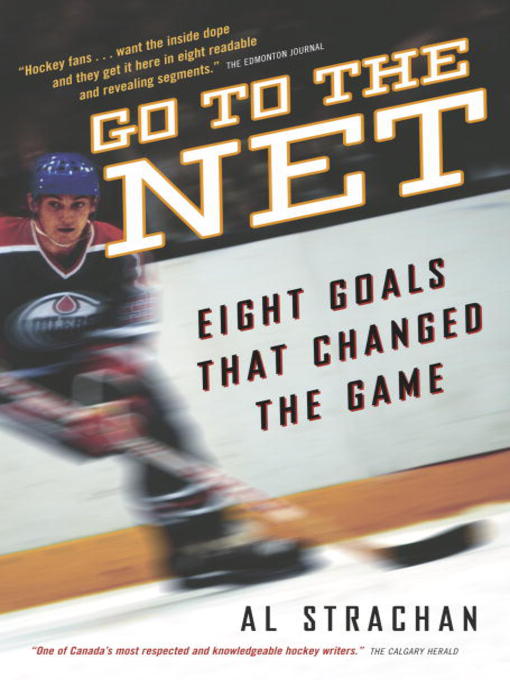- Entering Our Eclipse Era
- BookTok Made Us Do It
- New eBook additions
- Midwinter Murders
- Always Available Fiction
- Always Available Non Fiction
- Hidden Gems: A Year in Review
- Hamilton Reads 2023: Mensch Adventure
- Hamilton Reads 2023: Holocaust Memoir and WWII History
- Hamilton Reads 2023: WWII Historical Fiction
- Hamilton Reads 2023: Nothing the Same, Everything Haunted
- Just Added - Romance
- Spotlight on Local
- See all
- Entering Our Eclipse Era
- BookTok Made Us Do It
- New audiobook additions
- Hidden Gems: A Year in Review
- Midwinter Murders
- Available now
- Hamilton Reads 2023: Holocaust Memoir and WWII History
- Hamilton Reads 2023: WWII Historical Fiction
- Hamilton Reads 2023: Nothing the Same, Everything Haunted
- The Hugo and Nebula Awards: 10 Years of the Best
- Most popular
- Try something different
- New kids additions
- See all

